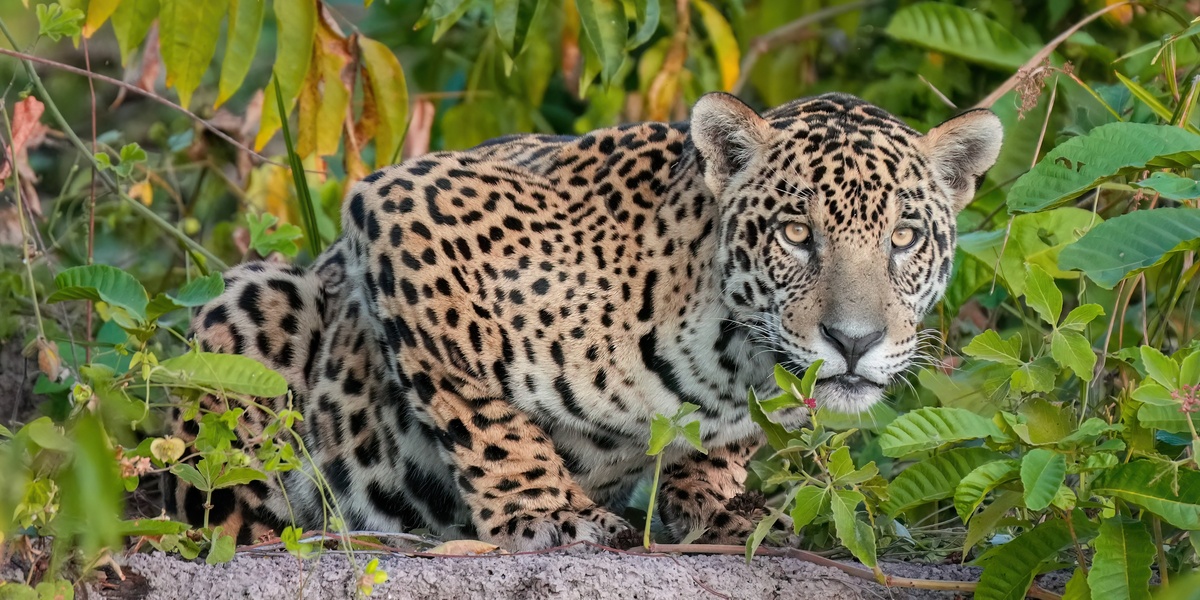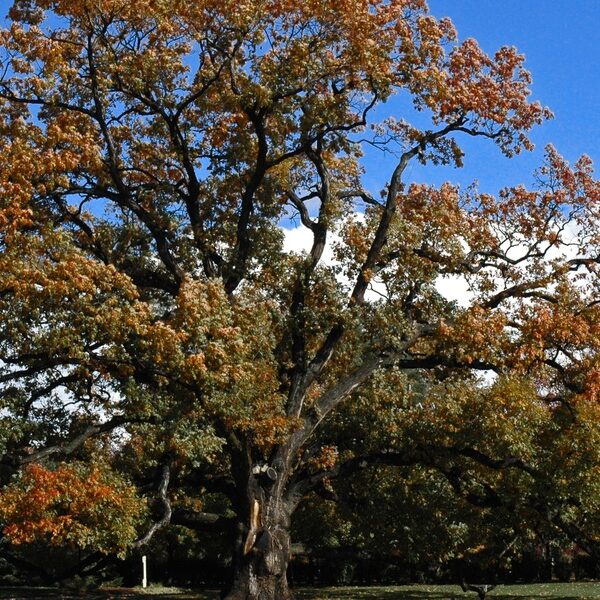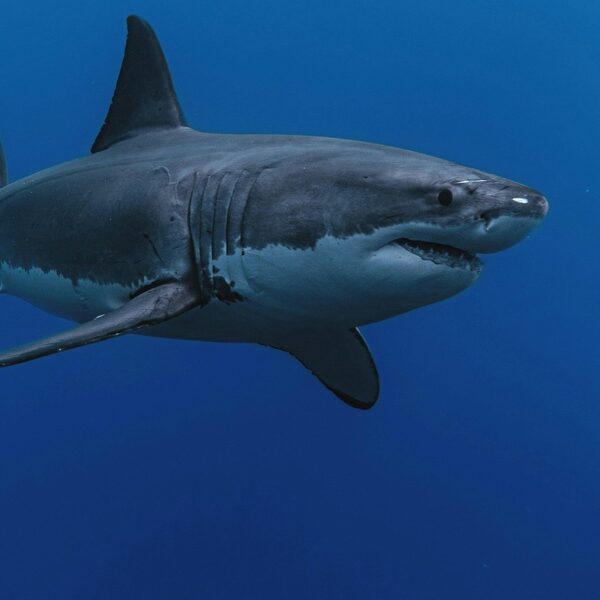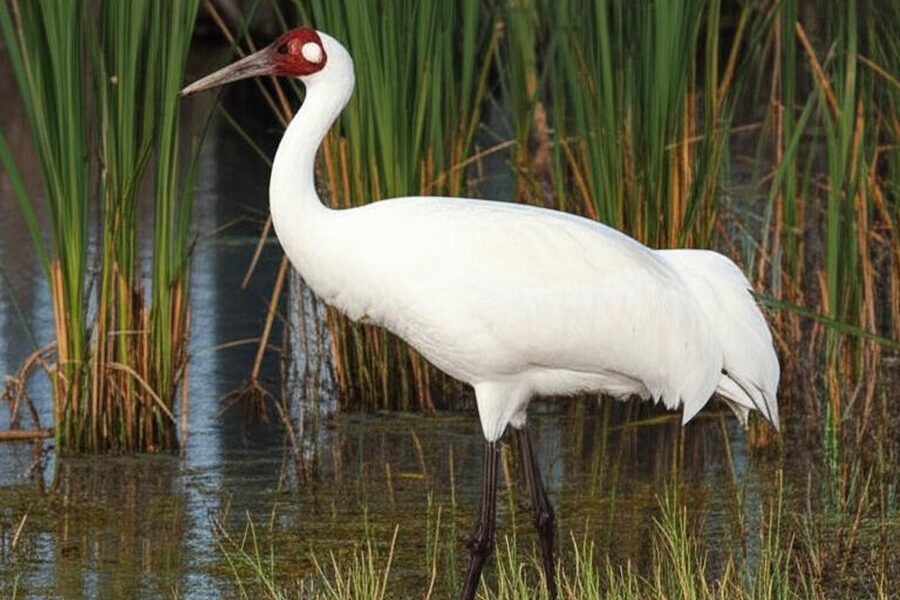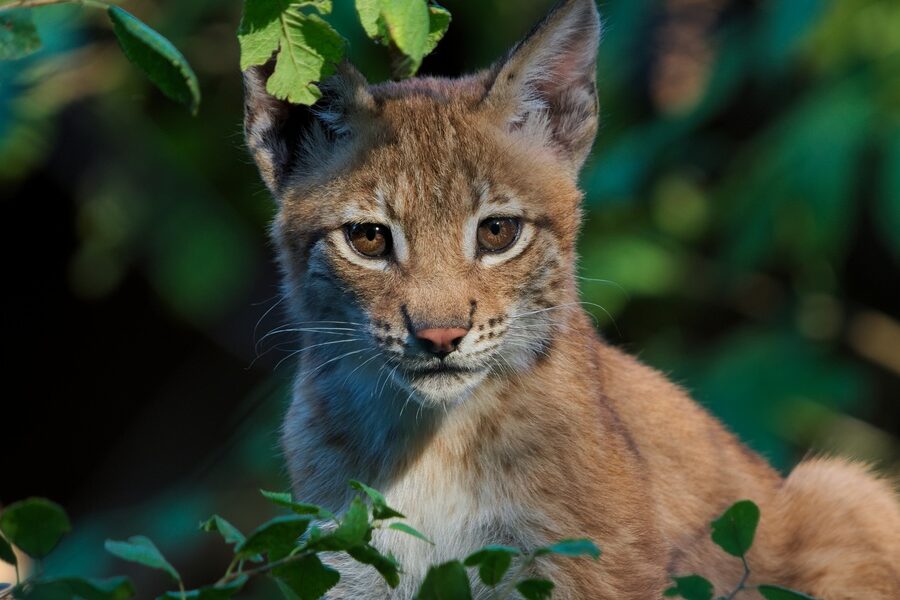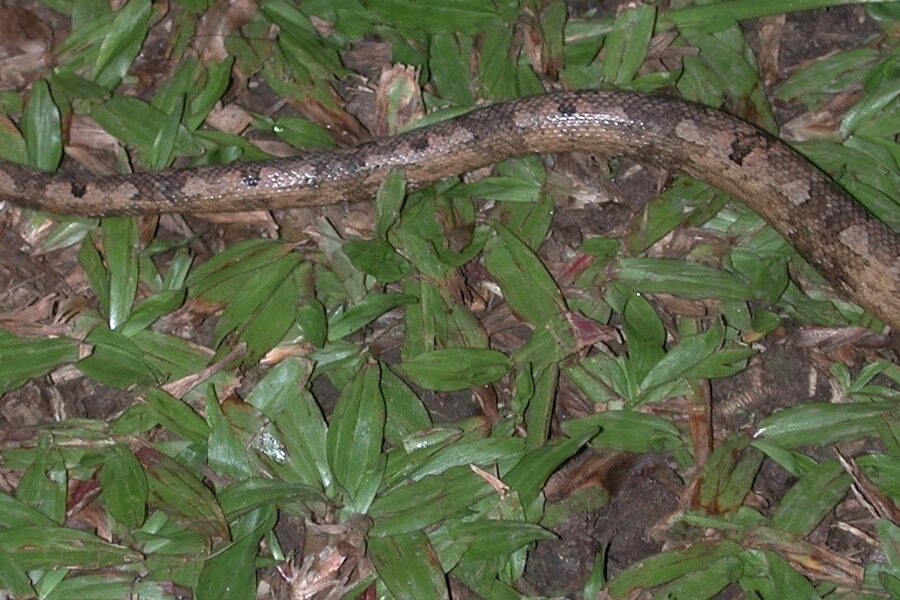El Salvador’s varied habitats—coastal lagoons, Pacific mangroves, dry forests and highland remnants—hold a surprising mix of wildlife despite heavy development and land-use pressure. Many species persist in small, fragmented areas and depend on targeted conservation actions to survive.
There are 18 Endangered Species in El Salvador, ranging from the American Crocodile to the Yellow-naped Amazon Parrot; for each I list the Scientific name,Status (IUCN / national),Main location / habitat so you can quickly see both global and local risk and where they occur — you’ll find below.
How current are the conservation statuses listed below?
The list combines IUCN Red List assessments and national listings, but update frequency varies: IUCN entries are updated periodically and national lists depend on government reviews. Check the IUCN website and Salvadoran environmental agencies or recent NGO reports for the latest changes, because field surveys and new data can alter a species’ status.
Can visitors see any of these endangered species in El Salvador?
Yes, some are observable with guided visits: American Crocodile sightings are most likely in coastal wetlands and estuaries, while parrots and some mammals require visits to remaining dry-forest fragments or protected reserves; hiring local guides and following park rules improves chances and minimizes disturbance.
Endangered Species in El Salvador
| Name | Scientific name | Status (IUCN / national) | Main location / habitat |
|---|---|---|---|
| Spider Monkey | Ateles geoffroyi vellerosus | EN / EN (SV) | Dry and montane forests; Parque Nacional El Imposible, Bahía de Jiquilisco |
| Yellow-naped Amazon Parrot | Amazona auropalliata | EN / EN (SV) | Dry tropical forests and mangroves; Barra de Santiago, Bahía de Jiquilisco |
| Hawksbill Sea Turtle | Eretmochelys imbricata | CR / EN (SV) | Pacific coast, nesting beaches; Bahía de Jiquilisco, Los Cóbanos |
| Green Sea Turtle | Chelonia mydas | EN / EN (SV) | Pacific coast, feeding in seagrass beds; Bahía de Jiquilisco, Los Cóbanos |
| Leatherback Sea Turtle | Dermochelys coriacea | VU (CR East Pacific pop.) / EN (SV) | Open ocean, rare nesting on Pacific beaches |
| Central American River Turtle | Dermatemys mawii | CR / EN (SV) | Northern freshwater rivers and lagoons; Lago de Güija |
| Salvadoran Mushroomtongue Salamander | Bolitoglossa salvinii | EN / – | High-altitude humid forests; Los Volcanes Complex, Montecristo |
| Montecristo’s Arboreal Alligator Lizard | Abronia montecristoi | EN / – | Cloud forest canopy; Parque Nacional Montecristo |
| Scalloped Hammerhead Shark | Sphyrna lewini | CR / – | Coastal and oceanic Pacific waters |
| Oceanic Whitetip Shark | Carcharhinus longimanus | CR / – | Offshore oceanic waters in the Pacific |
| Whale Shark | Rhincodon typus | EN / – | Migratory in coastal and oceanic Pacific waters; Los Cóbanos |
| Big-leaf Mahogany | Swietenia macrophylla | EN / EN (SV) | Remnant humid forests; Parque Nacional El Imposible |
| Balsam of Peru Tree | Myroxylon balsamum var. pereirae | LC / EN (SV) | Cordillera del Bálsamo mountain range |
| Apopa Pincushion Cactus | Mammillaria apopensis | CR / – | Volcanic rocky outcrops; vicinity of Apopa, San Salvador |
| Cerrón Grande Paspalum | Paspalum biovulatum | CR / – | Seasonally wet grasslands; near Cerrón Grande reservoir |
| Northern Tamandua | Tamandua mexicana | LC / EN (SV) | Various forests and savannas; El Imposible, Bahía de Jiquilisco |
| White-lipped Peccary | Tayassu pecari | VU / EN (SV) | Large, intact forests; Parque Nacional El Imposible |
| American Crocodile | Crocodylus acutus | VU / EN (SV) | Coastal mangroves, estuaries, rivers; Bahía de Jiquilisco, Barra de Santiago |
Images and Descriptions
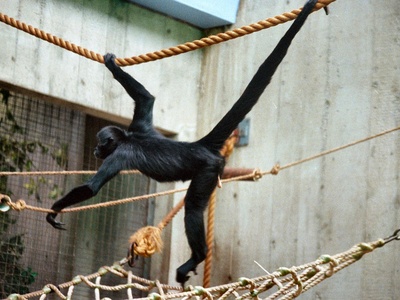
Spider Monkey
This highly intelligent primate is crucial for seed dispersal. Its populations are critically fragmented due to severe habitat loss for agriculture and the illegal pet trade. Protecting forest corridors is essential for connecting isolated groups and ensuring their survival.
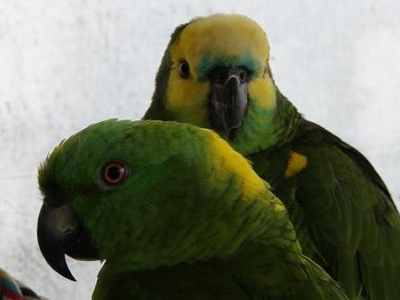
Yellow-naped Amazon Parrot
Known for its remarkable ability to mimic human speech, this parrot is severely threatened by illegal poaching for the pet trade, which often involves destroying nests. Conservation efforts focus on anti-poaching patrols and public awareness campaigns to reduce demand.
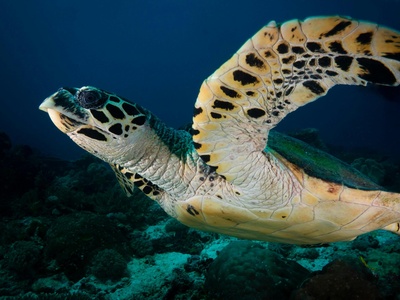
Hawksbill Sea Turtle
Named for its narrow, pointed beak, this turtle faces extreme threats from the illegal trade of its beautiful “tortoiseshell” carapace and egg poaching. Local NGOs run hatchery programs, protecting nests and releasing hatchlings to boost survival rates on key beaches.
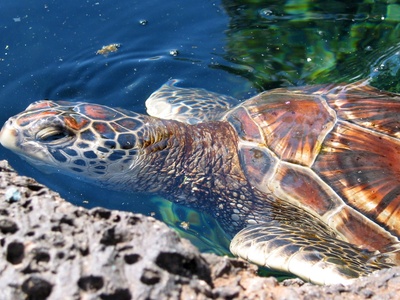
Green Sea Turtle
This large herbivorous turtle is vital for healthy seagrass beds. It’s endangered due to fisheries bycatch, egg harvesting, and plastic pollution, which can be mistaken for food. Conservation focuses on protecting nesting sites and reducing marine debris.
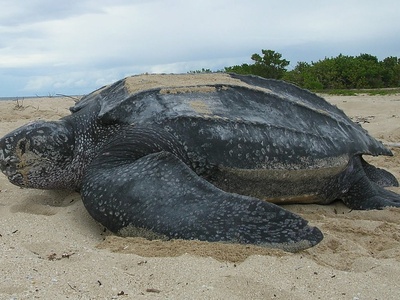
Leatherback Sea Turtle
The world’s largest turtle, distinguished by its leathery shell. The East Pacific population is critically low due to intense egg poaching and getting caught in fishing gear. Protecting its few remaining nesting beaches in El Salvador is a top priority.
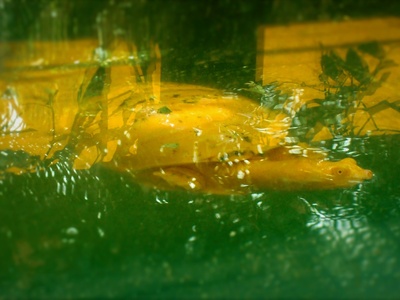
Central American River Turtle
This fully aquatic turtle, known locally as “tortuga blanca,” is one of the world’s most endangered. It has been hunted to near-extinction for its meat. Complete protection from harvesting and habitat preservation are crucial for its recovery.
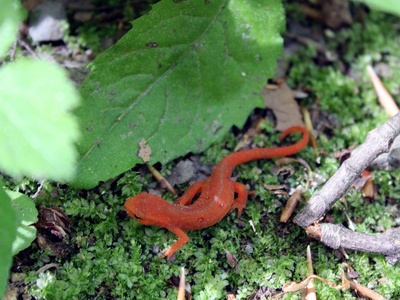
Salvadoran Mushroomtongue Salamander
This small, lungless salamander breathes through its skin, making it extremely sensitive to environmental changes. Its population is declining due to habitat loss from deforestation and the impacts of climate change on its moist, cool mountain home. Protecting cloud forests is key.
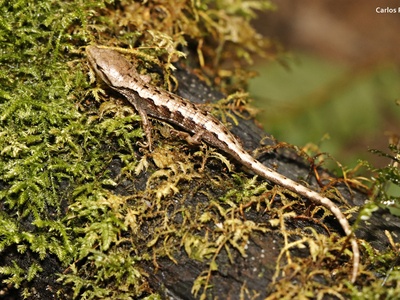
Montecristo’s Arboreal Alligator Lizard
A stunning, prehensile-tailed lizard living high in the cloud forest canopy, endemic to the region. It’s severely threatened by deforestation for coffee plantations and agriculture. Its survival depends entirely on the strict protection of the Montecristo Trifinio park.
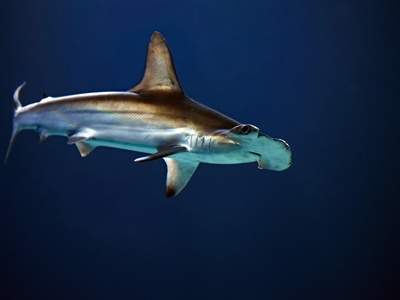
Scalloped Hammerhead Shark
This iconic shark, known for its “hammer” head, forms large schools that are vulnerable to overfishing. The shark fin trade and accidental bycatch have decimated its populations. Establishing marine protected areas and enforcing fishing regulations are vital conservation actions.
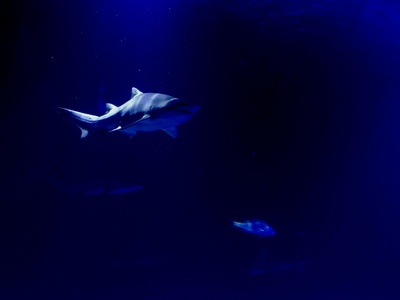
Oceanic Whitetip Shark
Once abundant, this open-ocean shark is now critically endangered primarily due to being caught as bycatch in tuna and swordfish longline fisheries. Its fins are also highly valued. International cooperation to regulate high-seas fishing is essential for its survival.
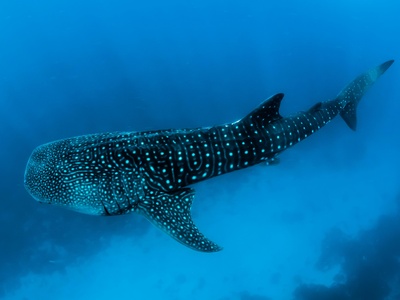
Whale Shark
The world’s largest fish, this gentle filter-feeder is threatened by boat strikes and accidental capture in fishing nets. Responsible ecotourism practices in areas like Los Cóbanos can provide economic incentives for its protection while educating the public about its importance.
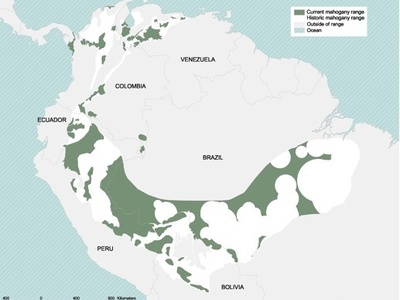
Big-leaf Mahogany
Prized for its beautiful, durable wood, this magnificent tree has been logged to near-extinction throughout its range. Illegal logging remains the primary threat. Reforestation programs and strict enforcement within protected areas are critical for restoring its populations in El Salvador.

Balsam of Peru Tree
Endemic to the region and historically significant for its medicinal resin. Though globally secure, its specific Salvadoran populations are endangered due to deforestation for urban and agricultural expansion in its native range. Protecting these unique forests is a national priority.
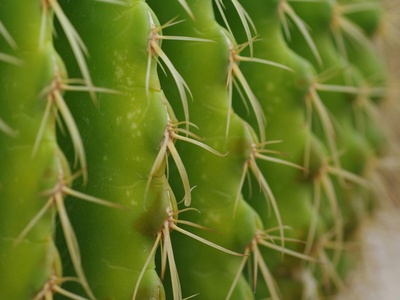
Apopa Pincushion Cactus
A critically endangered cactus endemic to a tiny area now threatened by the urban sprawl of San Salvador. Illegal collection for the ornamental plant trade further endangers this unique species. Protecting its last remaining rocky habitats from development is its only hope.
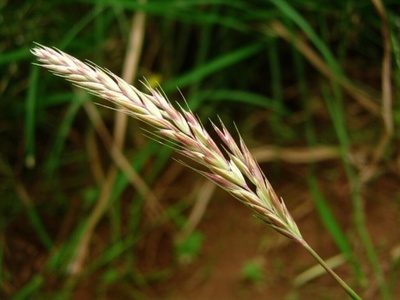
Cerrón Grande Paspalum
An extremely rare grass species known only from a single location in El Salvador. Its survival is precarious due to habitat alteration from agriculture, cattle grazing, and changes in water levels of the reservoir. Genetic safeguarding and habitat protection are urgently needed.
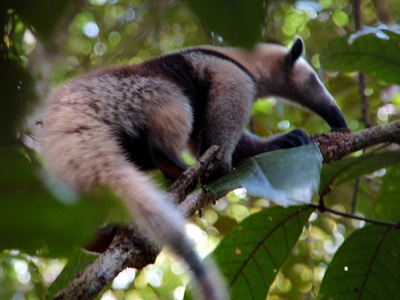
Northern Tamandua
This medium-sized anteater is arboreal and nocturnal. While widespread globally, it is considered endangered in El Salvador due to intense habitat fragmentation, vehicle collisions, and attacks by domestic dogs. Maintaining forest connectivity is key to its local survival.
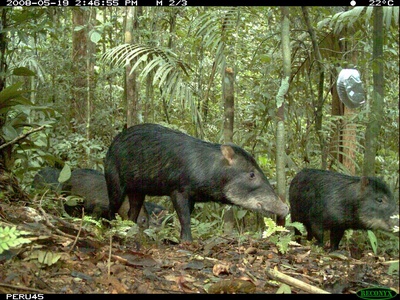
White-lipped Peccary
A social, pig-like mammal that travels in large herds, requiring extensive forest areas. In El Salvador, it is endangered due to habitat loss and overhunting. Its presence indicates a healthy forest, making protection of large parks like El Imposible vital.
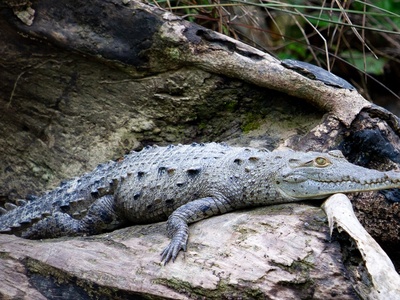
American Crocodile
This large reptile is a top predator in coastal ecosystems. In El Salvador, it is endangered due to habitat destruction of mangroves and historical overhunting for its skin. Protecting its wetland habitats from pollution and development is critical for its recovery.
